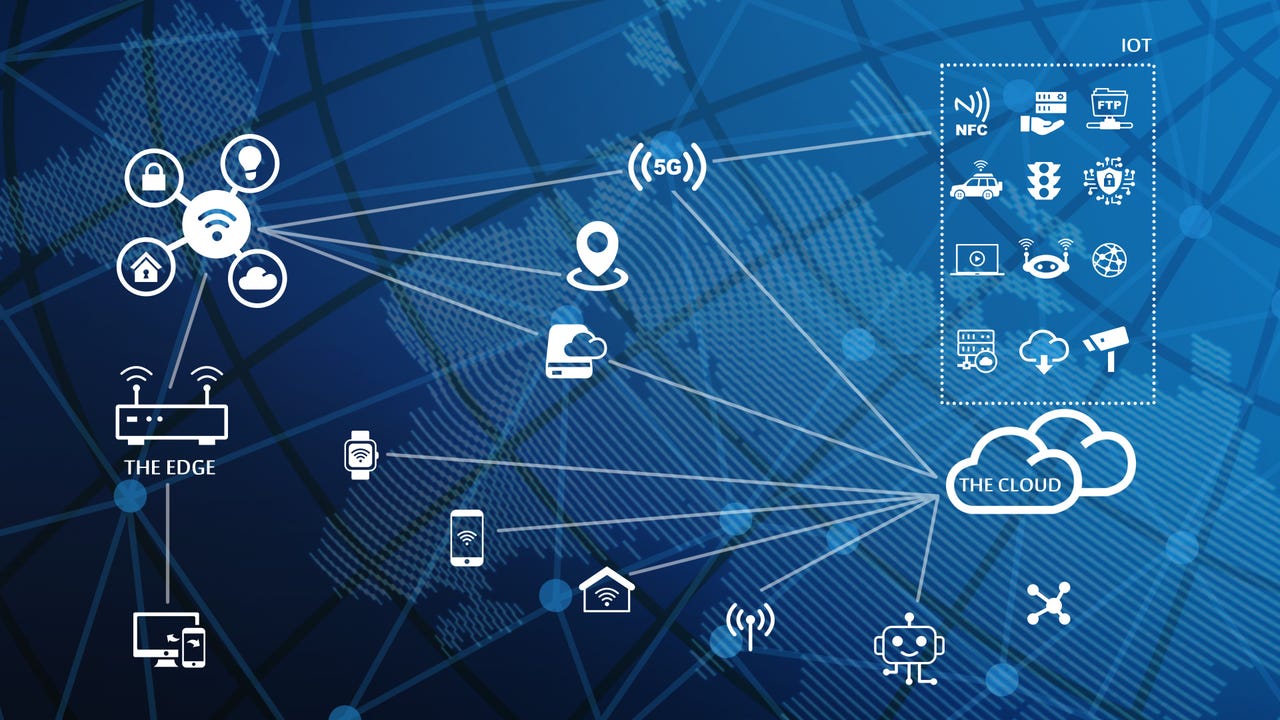The Evolution of AI: Why Local Compute is the Future
As artificial intelligence continues to transform industries and revolutionize business operations, a new era of computing is emerging – one that focuses on local execution rather than relying on cloud infrastructure. This shift towards local compute has significant implications for organizations seeking to leverage AI’s full potential while ensuring accountability, performance, and compliance.
The growing need for local execution stems from the increasing complexity of AI workloads, which require faster processing speeds and more precise control over data governance. With the rise of regulations such as the EU’s AI Act, sector-specific compliance mandates, and the pressure to demonstrate exact execution and storage of AI workloads within jurisdictional boundaries, organizations must adopt a more deliberate architecture that balances cloud and local infrastructure.
The Infrastructure Revolution
Rapid innovation in chip design has made it possible for devices to handle inference locally. AMD’s Strix Halo platform is one such example, built specifically to handle demanding generative AI workloads with real-time performance and high-efficiency processing. This shift towards local compute offers significant benefits for organizations that manage sensitive or regulated data, as they can ensure full data custody and demonstrate compliance.
In fields like architecture, engineering, and construction (AEC), local execution enables teams to iterate rapidly on complex models while protecting sensitive data and staying in creative control. By executing workloads locally, organizations can avoid delays and optimize their workflows, ultimately leading to improved performance and reduced operating costs.
The Strategic Advantage of Local Compute
The shift towards local compute represents a maturing understanding of AI’s real-world consequences, where accountability and performance are deeply intertwined with geography and governance. This paradigm offers a path to strategic independence for organizations, insulating them from cloud outages, vendor lock-in, or shifting regulatory winds.
Moreover, this evolution enables more teams to innovate by putting control closer to the problem and closer to the user. It’s not about rejecting the cloud entirely; rather, it’s about using it with intent – a more deliberate architecture that balances local and cloud infrastructure to achieve strategic objectives.
Clarity in AI Deployment
For organizations seeking to lead confidently in this fast-moving landscape, local compute offers something rare: Clarity. By understanding where and how their AI workloads are executed, companies can make informed decisions about resource allocation, talent development, and investment priorities.
As Neil Sawyer, senior vice president of HP Northwest Europe, aptly puts it, "Local compute marks a maturing understanding of AI’s real-world consequences… It offers a path to strategic independence, insulating operations from cloud outages, vendor lock-in, or shifting regulatory winds."
The Future of AI: A New Era of Local Execution
As we navigate the rapidly evolving landscape of artificial intelligence, it’s clear that local compute will play an increasingly vital role. This shift towards local execution offers significant benefits for organizations seeking to leverage AI’s full potential while ensuring accountability, performance, and compliance.
By understanding the implications of this evolution and embracing a more deliberate architecture that balances local and cloud infrastructure, companies can unlock new opportunities for innovation, growth, and success in the age of AI.
Conclusion
The future of artificial intelligence is not just about scale or processing power; it’s also about control, accountability, and compliance. As organizations continue to push the boundaries of what’s possible with AI, local compute will be at the forefront – enabling teams to innovate faster, perform better, and stay ahead of the competition.
In this new era of local execution, clarity is key – not just for success but for survival in a world where trust, transparency, and compliance are increasingly intertwined with business performance.

